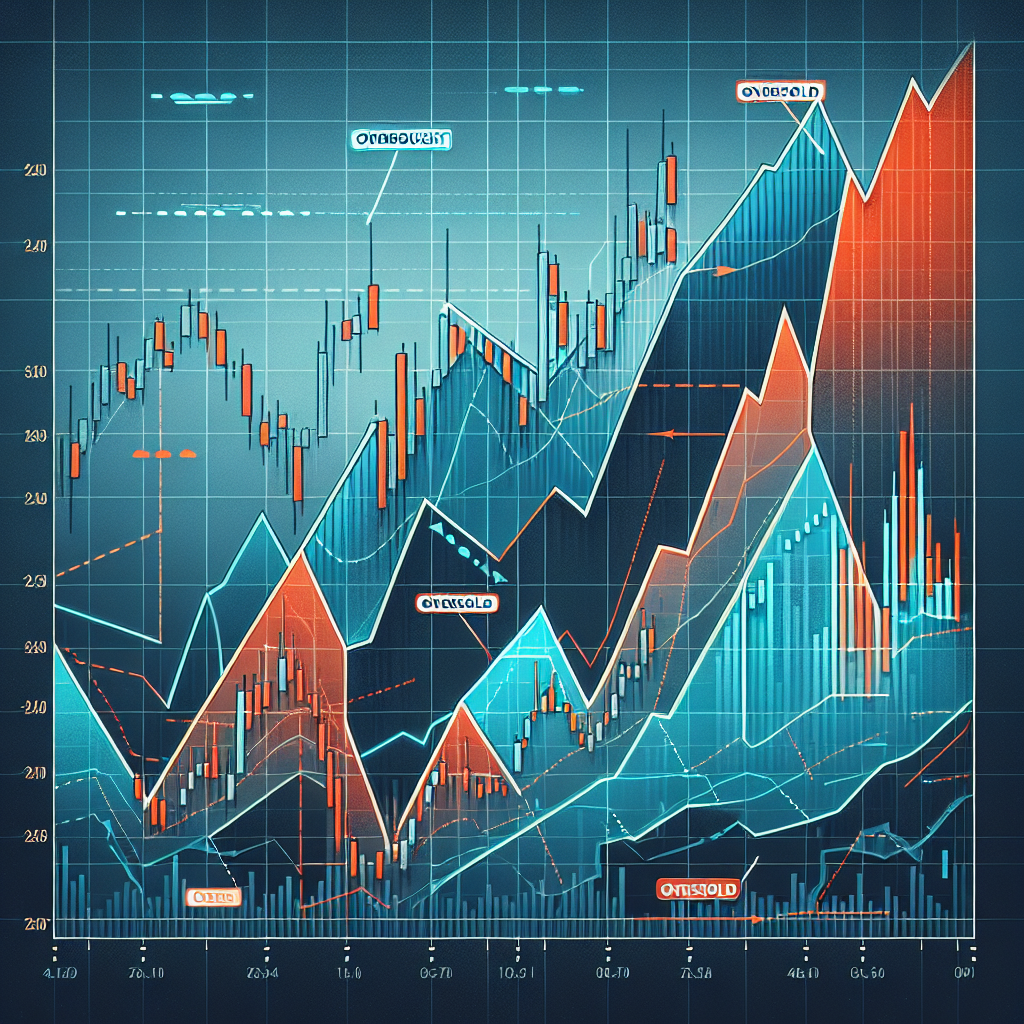
Mastering Overbought and Oversold Market Conditions
Analyzing Overbought and Oversold Conditions
The financial markets are an intricate ecosystem where the sentiments of buyers and sellers are constantly reflected in the prices of securities. Among the critical concepts traders and investors use to navigate this complex landscape are “overbought” and “oversold” conditions. Understanding these conditions can significantly enhance your trading strategies by indicating potential reversal points in the market. This guide will delve into what these terms mean, how to identify them, and strategies to exploit these market conditions.
Understanding Overbought and Oversold Conditions
Overbought and oversold conditions describe the level of demand and supply for a particular security, indicating its potential future movement. An overbought condition occurs when a security is believed to have been bought excessively, pushing its price to levels beyond its intrinsic value. Conversely, an oversold condition suggests that a security has been sold excessively, causing its price to fall below its intrinsic value. Both conditions are often followed by a price correction.
Identifying Overbought and Oversold Conditions
To effectively identify overbought and oversold conditions, traders utilize a mix of technical indicators that can provide visual cues on a security’s momentum and the potential for a market reversal.
Relative Strength Index (RSI)
The Relative Strength Index (RSI) is a momentum oscillator that measures the speed and change of price movements on a scale of 0 to 100. Typically, an RSI above 70 indicates an overbought condition, while an RSI below 30 signals an oversold condition.
Stochastic Oscillator
The Stochastic Oscillator compares a security’s closing price to its price range over a specific period. Like the RSI, it is scaled from 0 to 100. Readings above 80 suggest overbought conditions, while readings below 20 indicate oversold conditions.
Bollinger Bands
Bollinger Bands consist of a middle band being a moving average, with two outer bands at standard deviations from the middle band. Securities are generally considered overbought when they touch or break through the upper band and oversold when they reach or fall below the lower band.
Strategies to Trade Overbought and Oversold Conditions
Identifying overbought or oversold conditions is merely the first step. The next involves developing strategies to capitalize on potential reversals.
Mean Reversion Trades
Mean reversion strategies are based on the theory that prices and returns eventually move back toward the mean or average. This strategy can be particularly effective in trading oversold conditions by buying undervalued securities and selling them as they revert to their mean.
Waiting for Confirmation
Instead of acting immediately upon noticing overbought or oversold conditions, wait for confirmation through other indicators or price movements. For example, a bearish or bullish candlestick pattern can serve as confirmation of a reversal in overbought and oversold conditions, respectively.
Setting Stop-Loss Orders
Given the unpredictable nature of markets, setting stop-loss orders is crucial to protect against significant losses if the expected reversal does not occur as anticipated.
Limitations and Considerations
While analyzing overbought and oversold conditions can be highly beneficial, these indicators are not foolproof. False signals are common, and market conditions can remain overbought or oversold longer than anticipated. Therefore, it’s important to use these tools as part of a broader trading strategy that includes fundamental analysis, risk management techniques, and a clear understanding of the market conditions.
Conclusion
Overbought and oversold conditions offer valuable signals to traders and investors about potential market turning points. By utilizing technical indicators like the RSI, Stochastic Oscillator, and Bollinger Bands, you can identify these conditions and develop strategies to capitalize on the impending market movements. However, it’s crucial to approach these indicators with caution, incorporate them into a comprehensive trading plan, and always be prepared for the inherent unpredictability of the markets.